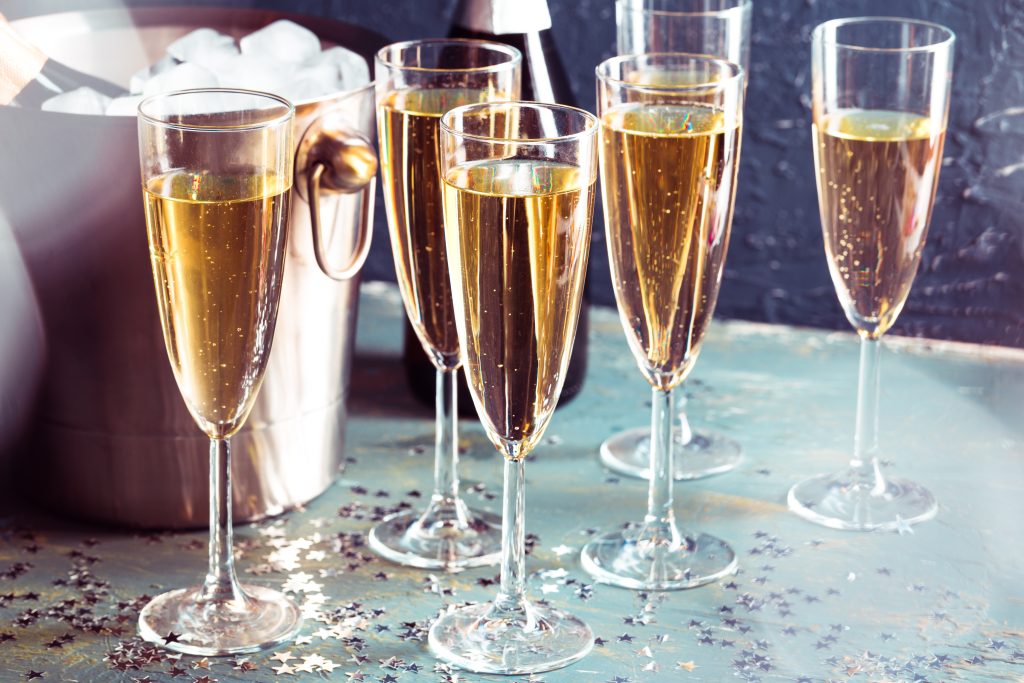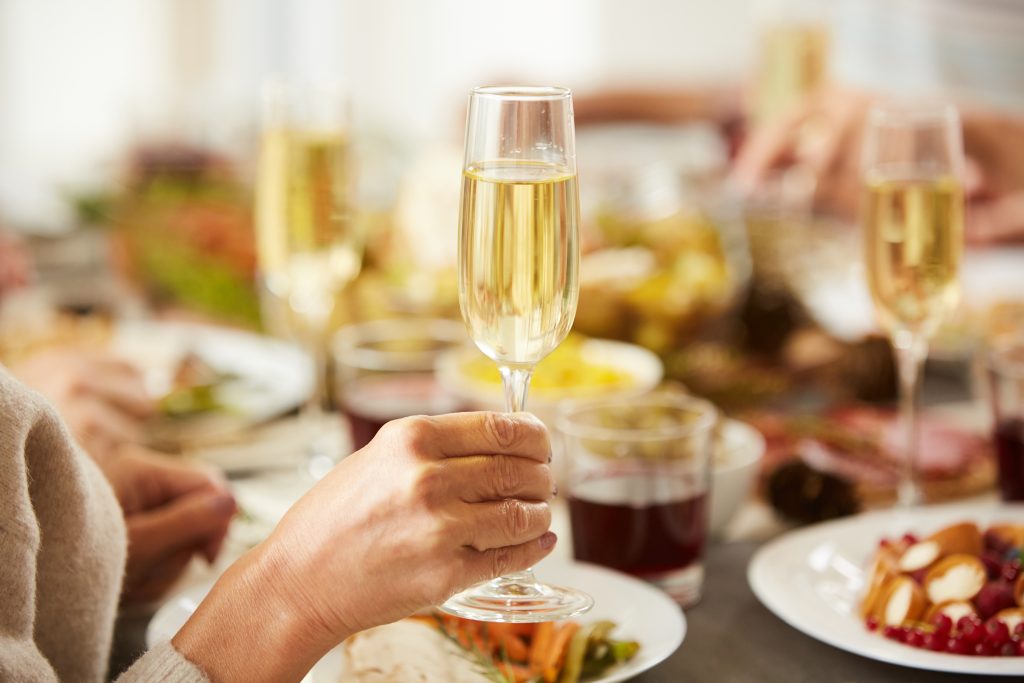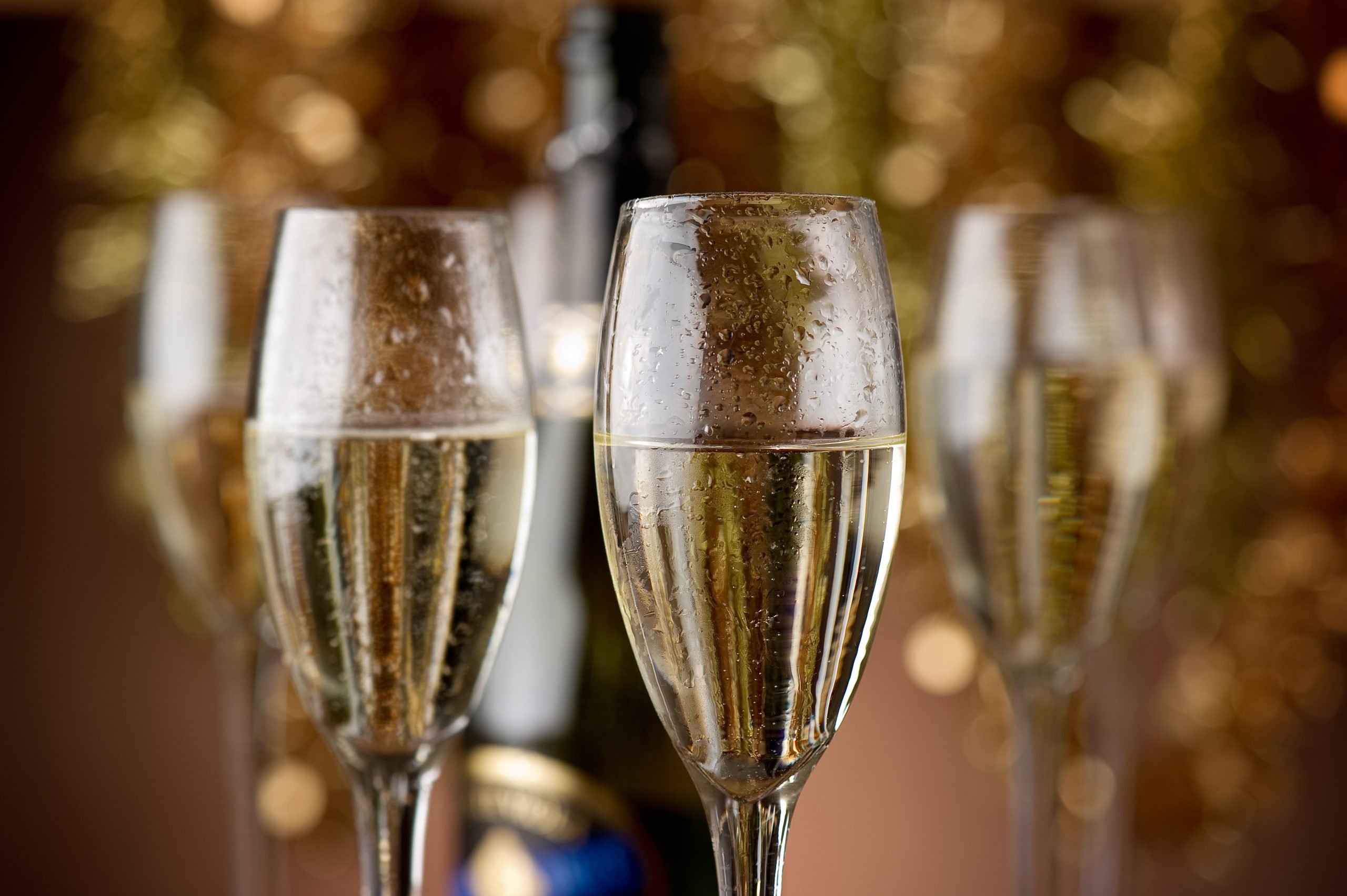In the first two parts of our journey among sparkling wines, we saw the differences between the traditional method, the Charmat method and the Asti method. We told some stories about Champagne, Cava. Prosecco and Sekt and we have finally reached the area that is more difficult to distinguish, of wines that pretend to be sparkling, but are not – pet-nats, semi-sparkling, carbonated.
By the law
Regarding wines that have added carbon dioxide, not obtained from a secondary fermentation, the law is very clear:
"Spumos” is a Romanian term that translates to „mousseux” in French, and denotes a wine:
(a) which is obtained from wine without controlled designation of origin or geographical indication;
(b) which releases, when the container is opened, carbon dioxide originating in whole or in part from addition of this gas and
(c) which presents, when preserved at 20 °C in closed containers, an overpressure of minimum 3 bars due to the carbon dioxide in the solution.
"Semi-sparkling / Petillant wine" means a product:
(a) which is obtained from wine, from new wine still in fermentation, from grape must or from must partially fermented grapes, provided that these products have a total alcoholic strength of at least 9 % vol.;
(b) which has an acquired alcoholic strength of at least 7% vol.;
(c) which presents, if preserved at 20 °C in closed containers, a due overpressure endogenous carbon
dioxide in solution of a minimum of 1 bar and a maximum of 2.5 bars and
(d) which is presented in containers of 60 liters or less.
"Perlant / carbonated wine" ( (Ro / Fr: perlant) means a product which:
(a) it is obtained from wine, from new wine still in fermentation, from grape must or from must of partially fermented grapes;
(b) has an acquired alcoholic strength of at least 7% vol. and a total alcoholic strength of at least 9% vol.;
(c) presents, if preserved at 20 °C in closed containers, an overpressure, due to the dioxide of carbon in total or partially added solution, of a minimum of 1 bar and a maximum of 2.5 bars and
(d) which is presented in containers of 60 liters or less.
Simplified summary
At first glance, perlant wine seems to be the same thing as petillant wine. Nothing could be further from the truth – among all those regulations, the key difference is the endogenous carbon dioxide (obtained from fermentation) in the petillant wine, and the one added to the carbonated wine. Why isn’t petillant wine called sparkling? Because the pressure in the bottle is much lower, only 1-2.5 atmospheres. And perlant is not spumos for the same reason – lower pressure.
Practically, you can draw a parallel with mineral water, where you have "naturally carbonated" and "carbonated" water – one is natural, the other has added gas.


About the natural petiant
Natural petillant wine, or pet-nat, although you may have probably heard of it only recently (if you have at all), is not a new invention, it even finds its roots in the 16th century, in the south-western France. Often, you can easily identify them on the shelf because they are closed with a metal cap, just like beer bottles. Until recently, they were considered easy drinking wines, light and cheerful, slightly cloudy, due to the production process.
Without too many details, the pet-nat is born similar to some frizzantes, but it no longer goes through the filtering process. Basically, before the fermentation is finished, the wine is transferred into bottles, where the carbon dioxide that is still produced until the fermentation is complete remains "captive" and dissolves in the wine.
During the last decade, natural sparkling wines were caught in the wave of sympathy produced by organic and eco wines, and producers were eager to transform them, slowly and subtly, into symbols of their wineries. Today you will often find pet-nats fermented with natural yeasts, respectful to the terroir, often even accompanied by the mention "ecological" or "bio", generally as wines that express their place of birth as correctly and coherently as possible.
In Romania, producers are still oriented towards sparkling wines (traditional or, more often, made using the Charmat method), and sparkling wines are still rare. The limited editions from Agape Arta si Natura are readily sold out, and the two La Sapata pet-nats are rarely found in stores. It is true that the amount of unfiltered sparkling wines and frizzante wines (domestic production) has increased and brut-nature sparkling wines are imported more often, but the pet-nats still have some way to go to win the hearts of consumers.


Brut, extra-brut or brute nature?
No trip among sparkling wines can be complete without mentioning the classification according to sugar content, given that things are a little different than with still wines – even if the legislation has changed here too. Until recently, in order to be called dry, a still wine had to have less than 4 grams of sugar per liter (residual, i.e. unfermented). Today, it can be called dry even if it has more grams, provided that the difference between sugar and acids is not greater than two grams per liter (eg: at 7 grams of sugar and 9 grams of acidity, the wine can be declared dry).
What does the law say?
Depending on the sugar content, sparkling wines, quality sparkling wines, quality aromatic sparkling wines and frizzante / petillant wines can be:
a) Brut nature; the sugar content is a maximum of 3 g/l, this mention can only be used
for products to which no sugar was added after the second fermentation;
b) extra brut; the sugar content is a maximum of 6 g/l;
c) brut; the sugar content is a maximum of 12 g/l;
d) extra dry; the sugar content is between 12.01 and a maximum of 17 g/l; failure; the sugar content is between 17.01 and a maximum of 32 g/l;
e) Dry – between 17.01 and 32 grams / litre
f) semi-sweet; the sugar content is between 32.01 and a maximum of 50 g/l;
g) sweet; the sugar content is greater than 50 g/l.

What do we like to taste?
Pet-Nat:
- Ris-Pet-Nat, Agape Art and Nature Winery
- Feteasca regala / Babeasca neagra – Crama Delta Dunarii (La Sapata)
Frizzante
- Frizzy – Mustoasa de Maderat, Muscat Ottonel, Romanian frankincense, Traminer (Wine Princess)
- Rozzy – Pinot Noir, Cabernet Sauvignon, Feteasca Neagra, Blaufrankisch (Wine Princess)
- Free Zante – Aligote, Viticola Sarica Niculitel
- Free Zante – Babeasca neagra, Viticola Sarica Niculitel
Charmat Method
- Irrumo – Mennini Winery
- Budureasca – Shine Rose (Pinot noir + Pinot Gris)
- Gramofon Prosecco
- La Salina Issa Charm Brut
Traditional Method
- Jidvei– Mysterium Brut Vintage 2017 white (Pinot noir, Chardonnay and Feteasca Regala)
- Jidvei – Mysterium Brut Vintage 2017 rose (Pinot noir)
- Avincis– Cramposie + Pinot noir
- The whole Colocviu Range – Cotnari (especially Francusa and Tamaioasa Romaneasca!)
- Domeniile Panciu – Cuvee Prestige
- Rasova Winery – Craft Chardonnay (unfiltered)
- The Iconic Estate – Rhein Extra Royale Brut / Rhein Extra Magnifique Brut (exclusively at Carrefour)
- Cramele Recas – Muse Stars (Chardonnay + Mustoasa)
- Budureasca – Prima Stilla alb (Chardonnay + Pinot noir)
- Carastelec – Carassia Blanc de Blancs Brut Magnum (100% Chardonnay)
- Prince Stirbey – Cramposie extrabrut







